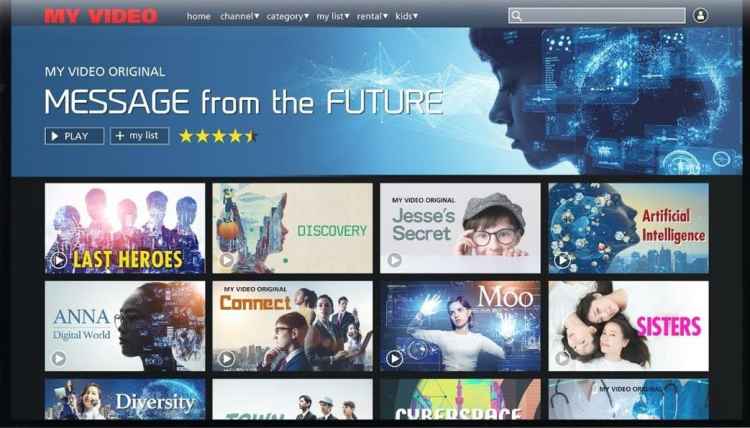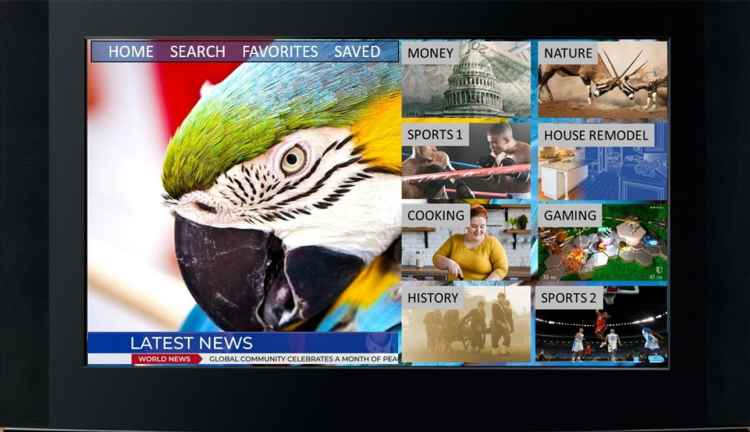Michael Heiss, HiddenWires’ US correspondent, updates us on what we need to know about the new HDMI 2.1a.
Since its inception 20 years ago, HDMI (High-Definition Multimedia Interface) has been a key piece of glue that makes it possible to fit the pieces of the home theatre jigsaw puzzle together. While there have been and still are other connection pipes such as Firewire and DisplayPort, for a variety of reasons HDMI has become the dominant standard for digital video/audio connectivity not only for consumer use, but also increasingly for security/surveillance, educational and automotive applications. Since 2002 almost 11 billion HDMI devices have been shipped.
However, despite its global ubiquity both residential technology professionals and consumer enthusiasts have developed a love/hate relationship with HDMI. Yes, they might say, it makes it possible to send high bandwidth 8K video, multichannel immersive audio formats and device control data over one cable, but it is also often pilloried for buggy connections, plugs that do not connect as securely as some might wish, and the occasional lack of video due to authentication issues. Some of those things are really not even HDMI’s fault but they lie with inter-device HDCP issues or poor cables, but it is what it is.
With that as a bit of back story, we can report today that there is now a new, updated version of the standard: HDMI 2.1a. As the nomenclature shows, this isn’t as major a change as the jump from HDMI 2.0 to HDMI 2.1. That release brought us things such as bandwidth up to 48Gbps for 4K/120Hz or 8K/60Hz, and the alphabet of new features that improve switching (QFT and QMS), reduce latency (ALLM) and allow bitstream audio to be sent from a sink device such as a smart tv back to an AVR or soundbar (eARC). With the stay-at-home year of the pandemic, VRR was also a key addition to HDMI. Variable Refresh Rate assist the display by letting it keep up with the constantly changing frame rate of console and PC games.

Streaming services often have a wide range of SDR and HDR-originated content in one window. That is where HDMI 2.1a helps deliver the best image. Image Source: HDMI Licensing Administrator
Now, you can add a new acronym to the laundry list: SBTM, which stands for “Source-Based Tone Mapping”. No, they are not talking about tones in the bass and treble context of audio, but rather referring to “Tone Mapping” where it is the process that does the heavy lifting to make certain that total video presentation, including the SDR and HDR capabilities of the display match up as is best possible between the source content and the device it is being played back on.
Tone Mapping is nothing new, as it is part of how a display’s brightness and other characteristics provide the best possible image from the source for both HDR and SDR. The key phrase when it comes to “heavy lifting” is that SBTM enables the source product to know what the display is capable of. Then, thanks to SBTM, the source shares in and helps with the processing and mapping needed to further increase the image quality.
In simpler terms, picture the output of a game console or PC where there is more than one image component. The game play may often be in HDR. An inset window with the gamer’s camera will likely be in SDR. Below the inset you might also see a text or chat window that has a different colour characteristic from the other two parts of the picture. Given that, what does the display adjust to?

Image Source: HDMI Licensing Administrator
SBTM analyses all of that to send a signal to the display that best takes advantage of its SDR, HDR and Dynamic HDR potential. Particularly with the ever-changing content elements of the source output and the fact that each display is different and has different HDR abilities, and you see where this is going. SBTM allows the source device to take best advantage of all elements in the signal path from the content to any “receiver” device in the middle such as an AVR to the TV at the end of the chain without the need for manual user adjustment.
Gamers are clearly the prime target for this, but you’ll see SBTM as part of HDMI 2.1a promoted for many content applications. Of course, there are always a few words of caution.
Most importantly, SBTM only works when all devices in the signal path are HDMI 2.1a compliant. Replacing just one device in the ecosystem alone won’t do the trick. To minimise the cost of an upgrade it is proper to ask if current gear is upgradable or if a total new collection of kit is required. During the announcement briefing the guardians of HDMI technology, HDMI Licensing Administrator, Inc., stated that some products will be able to receive an upgrade from HDMI 2.1 to HDMI 2.1a, but they would not elaborate further as to brand or model specifics. For that the suggestion was to consult the manufacturers or brands.
As to timing, it appears that HDMI 2.1a is ready for release, but no precise time frame was disclosed for the first new product with HDMI 2.1a or any upgrade to existing game consoles, video cards, AVRs or processors will be available.
Lastly, it is reasonable to ask if there are any other improvements within HDMI 2.1a besides SBTM. The answer is yes, but none of them are major. The new release contains some minor tweaks to QMS (Quick Media Switching) and some code updates and bug fixes that are normal when there is an update to any software-based format.
That brings us to the bottom-line question: “Is it worth it? Do I need it?”. For hard-core gamers or an installation where a single screen displays multiple video source windows at the same time, the answer may be yes. For most other consumers, as good as the update is, I wouldn’t rush out to replace every link in the video chain just to have HDMI 2.1a. It goes without saying that if this is of interest you should first reach out to the brands of the impacted products in place and see if upgrades are forthcoming. Then, if one part of the chain is due for replacement, this may be worth considering as something to look for in other products elsewhere along the signal chain.
Of course, for a total system upgrade that may already be in the works this something to consider. If you are upgrading from HDMI 2.0 gear to HDMI 2.1 gear, it makes sense to look for HDMI 2.1a, if available, so that every component is as future proof as possible.
A final note. I was hoping to see SBTM in person at CES, but DMI LA, along with many other companies, is not going to CES this year due to Covid. The year ahead will be one that is not only Happy, Prosperous and Peaceful but, most importantly this year, safe and HEALTHY. Until then, Happy Holidays to all from the other side of the pond.
Main image: Gamer play often has multiple image windows, each with its own video characteristics. SBTM helps mitigate that by letting the source and display work together. Image Source: HDMI Licensing Administrator